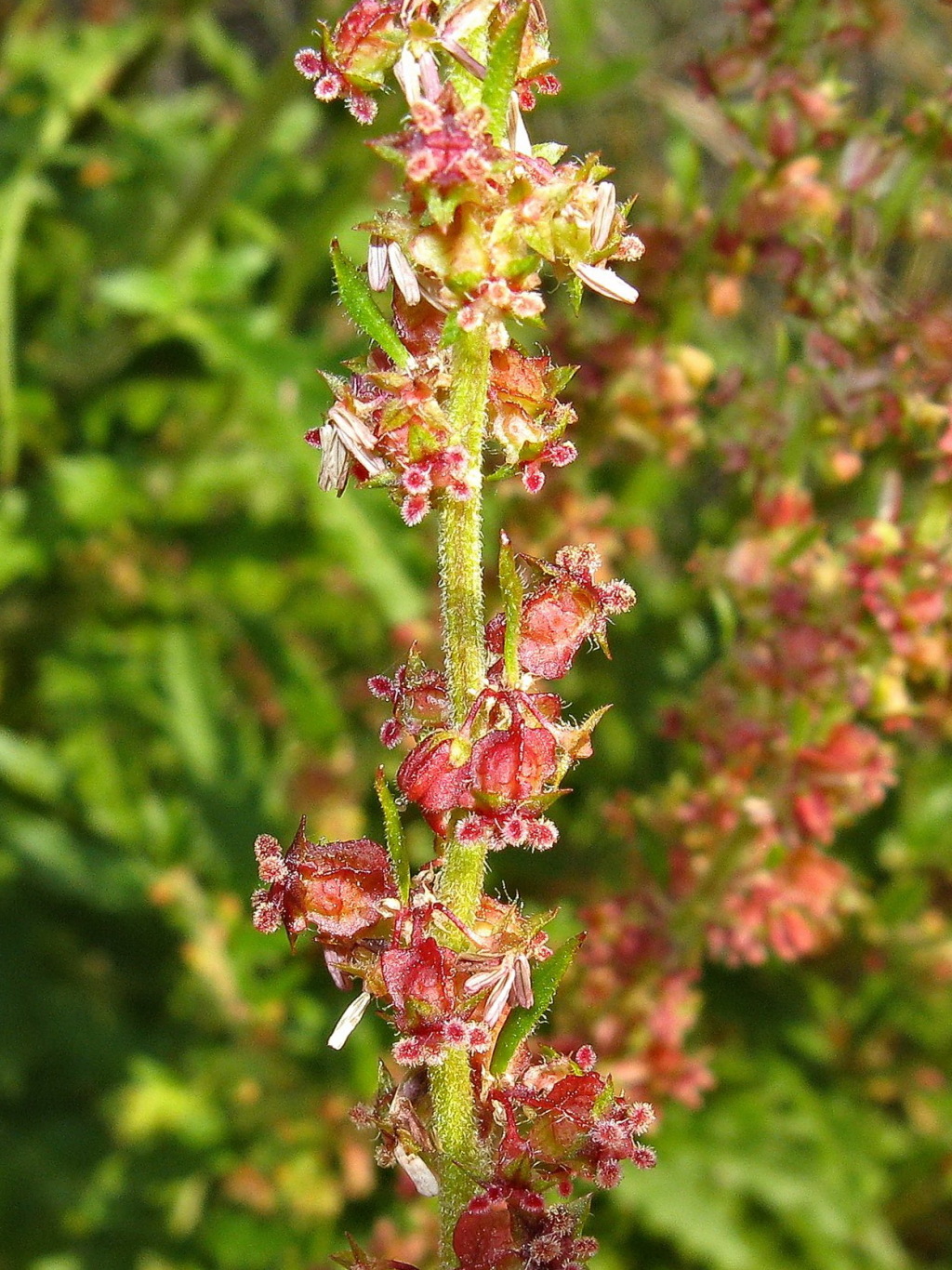Haloragis
Annual or perennial herbs or shrubs, glabrous or pilose. Leaves alternate or opposite, terete to ovate or pinnatifid. Inflorescence indeterminate, spike-like, usually a 3–7-flowered dichasium borne in the axils of leaf-like bracts, or flowers sometimes solitary. Flowers bisexual, each subtended by a pair of bracteoles; pedicels short; sepals 2–4, triangular, lanceolate, ovate or cordate (not in Victoria), usually smooth; petals 4, rarely 2 or 3, hooded, keeled, usually shortly clawed; stamens usually 8; anthers oblong, 4-celled, non-apiculate; filaments short. Ovary usually 4-celled, ovoid to hemispherical, smooth or variously ribbed or winged; ovules usually 4; styles 4, clavate; stigmas capitate. Fruit an indehiscent 2–4-celled nut; seeds potentially 1 per cell.
28 species, mostly in Australia (23 species), the remainder confined to the South Pacific region.
Jeanes, J.A. (1996). Haloragaceae. In: Walsh, N.G.; Entwisle, T.J., Flora of Victoria Vol. 3, Dicotyledons Winteraceae to Myrtaceae, pp. 887–908. Inkata Press, Melbourne.
 Spinning
Spinning



